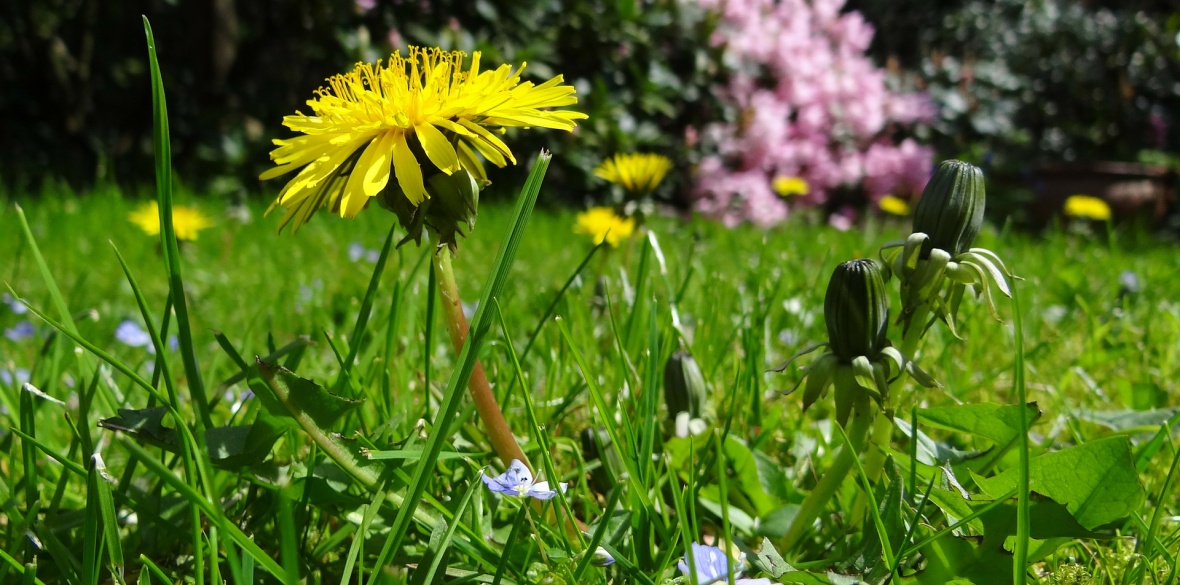This is the last article you can read this month
You can read more article this month
You can read more articles this month
Sorry your limit is up for this month
Reset on:
Please help support the Morning Star by subscribing here
MY CHICORY plants, intended for producing blanched chicons for winter salads, fell victim to the drought this summer, so I’m going to have to improvise.
As luck would have it, my garden contains plenty of dandelions. I realise this will come as a shock to readers of this column, whose own vegetable plots, I have no doubt, are scrupulously tended and free from weeds.
But perhaps your less meticulous neighbours might be able to provide you with your source material.
Blanching, in this context, means to exclude all light from a crop so as to make it more succulent and less bitter. The existing foliage is first removed, so that new leaves grow in darkness.
In countries where dandelions are cultivated as a crop, they will often be blanched in situ during the growing season.
There are innumerable ways of doing this, the simplest of which is just to cover the entire plant with something light-proof, large and heavy, such as a big bucket with a brick on top to stop it blowing over.
Extending the blanching season into winter is slightly more involved, but still pretty easy. Start in autumn by walking round your plot (I’m sorry, I meant your neighbour’s plot) marking, with a plant label, where the biggest, most vigorous-looking dandelions are growing.
Once the frosts arrive in your area dig up the chosen dandelions. It doesn’t matter if their roots get a bit broken during excavation, but if you don’t want them to grow back then it is important to remove every scrap of root.
Leave the dandelions in the garden for two or three nights, as the exposure to cold will inhibit them from growing until you want them to.
Now cut any remaining foliage from the plants, down to about an inch (2.5cm) from the crown.
Trim the roots to around six or eight inches (15-20 cm) long. To store them, so that you can choose when to bring them into growth over the next few months, bury them in boxes of sand in a dark, cool, but frost-free place, such as a shed or garage.
They need to be started into growth about three weeks or a month before you plan to eat them.
All the nutrition they require to grow new leaves is stored in their roots, so they don’t really need a growing medium, such as soil or compost — just darkness, a little moisture and gentle warmth.
But the easiest way to arrange them is by putting three or four plants at a time into some spare compost in a 10-inch (25cm) flower pot.
Cover this pot with another, larger pot or bucket, upside down, taking care to ensure that no light can get to the dandelions.
I use heavy gaffer tape to cover drainage holes in the larger pot. At a temperature of 55-60°F (13-15°C), the roots kept just moist, your dandelions will soon produce a flush of delicious, pale yellow salad leaves.











